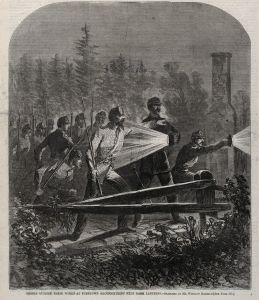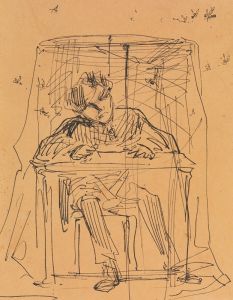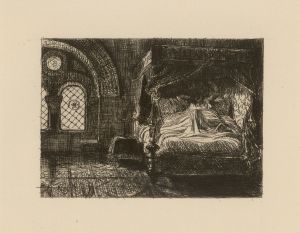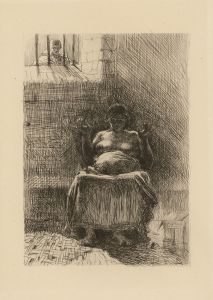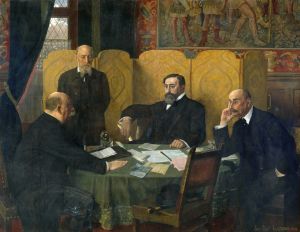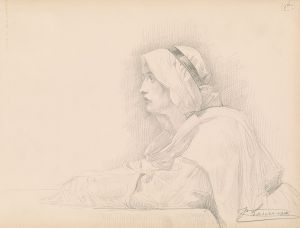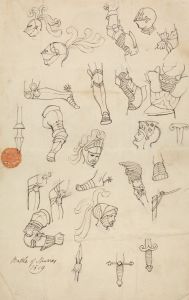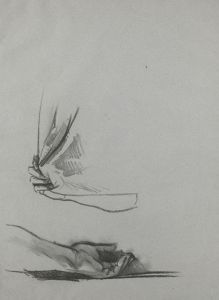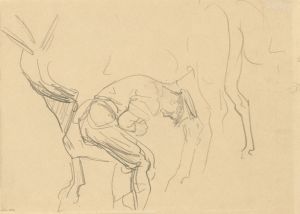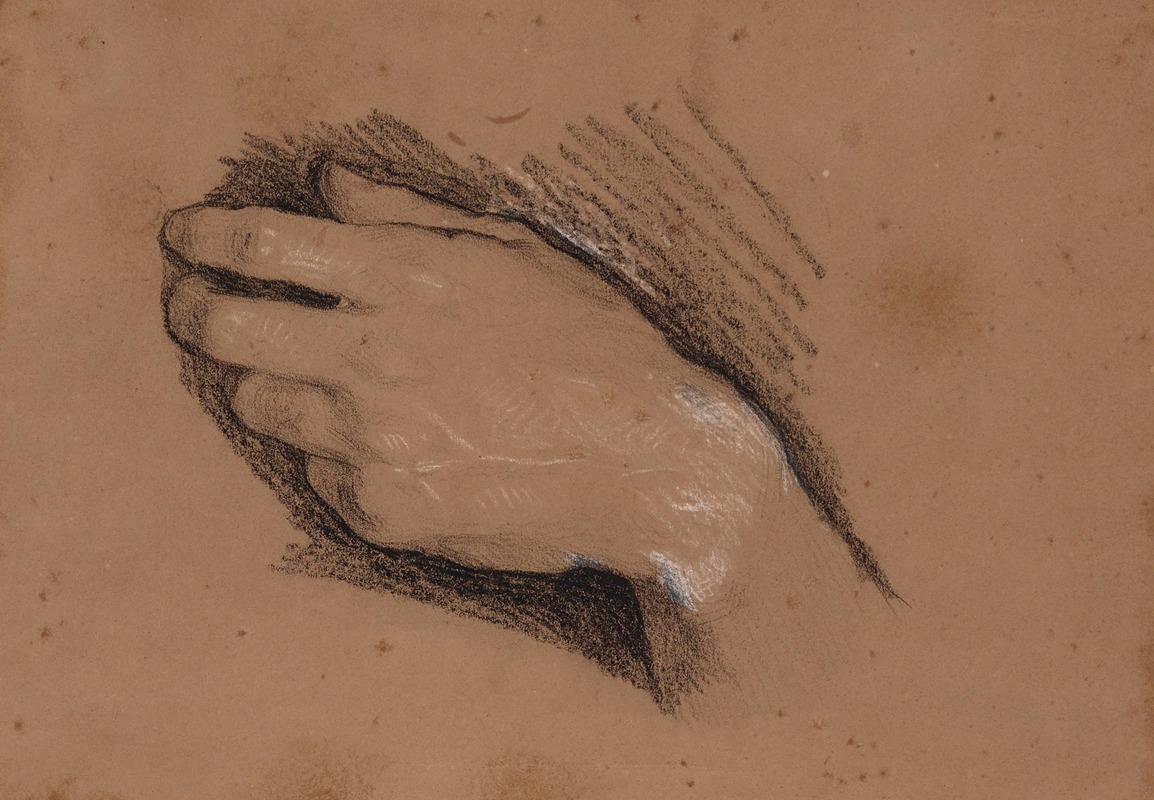
Etude de mains
A hand-painted replica of Jean-Paul Laurens’s masterpiece Etude de mains, meticulously crafted by professional artists to capture the true essence of the original. Each piece is created with museum-quality canvas and rare mineral pigments, carefully painted by experienced artists with delicate brushstrokes and rich, layered colors to perfectly recreate the texture of the original artwork. Unlike machine-printed reproductions, this hand-painted version brings the painting to life, infused with the artist’s emotions and skill in every stroke. Whether for personal collection or home decoration, it instantly elevates the artistic atmosphere of any space.
Jean-Paul Laurens was a prominent French painter and sculptor, known for his historical and religious scenes. One of his notable works is "Etude de mains" (Study of Hands), which showcases his exceptional skill in capturing the human form, particularly the intricate details of hands.
"Etude de mains" is a study piece rather than a finished painting, focusing on the anatomy and expressive potential of hands. This work exemplifies Laurens' dedication to mastering the human figure, a common practice among artists to improve their understanding of anatomy and movement. The study likely served as a preparatory exercise for more complex compositions, where the accurate depiction of hands would contribute significantly to the overall realism and emotional impact of the scene.
Jean-Paul Laurens was born on March 28, 1838, in Fourquevaux, France, and he studied under Léon Cogniet and Alexandre Bida. He became a significant figure in the French art world during the late 19th century, particularly known for his historical paintings that often depicted dramatic and somber events from European history. Laurens' works are characterized by their meticulous attention to detail, strong narrative elements, and a deep sense of historical accuracy.
Throughout his career, Laurens received numerous accolades and held prestigious positions, including a professorship at the École des Beaux-Arts in Paris. His influence extended to many students who later became notable artists themselves. Laurens' commitment to historical accuracy and his ability to convey complex emotions through his art made him a respected figure in the academic art community.
"Etude de mains" reflects Laurens' academic approach to art, where studies and sketches played a crucial role in the development of larger, more elaborate works. By focusing on the hands, Laurens could explore the subtleties of gesture and expression, which are essential for conveying the narrative and emotional content of his historical scenes. The hands in this study are rendered with precision, showcasing the artist's understanding of anatomy and his ability to depict the delicate interplay of muscles, tendons, and skin.
While "Etude de mains" may not be as widely recognized as some of Laurens' larger historical paintings, it provides valuable insight into his artistic process and the rigorous training that underpinned his work. Studies like this one were fundamental to the academic tradition in which Laurens was trained, emphasizing the importance of mastering individual elements of the human form before integrating them into more complex compositions.
Jean-Paul Laurens passed away on March 23, 1921, in Paris, leaving behind a legacy of historically significant and artistically accomplished works. His contributions to the art world, particularly in the realm of historical painting, continue to be appreciated and studied by art historians and enthusiasts alike. "Etude de mains" remains a testament to his skill and dedication as an artist, highlighting the importance of foundational studies in the creation of compelling and realistic art.





